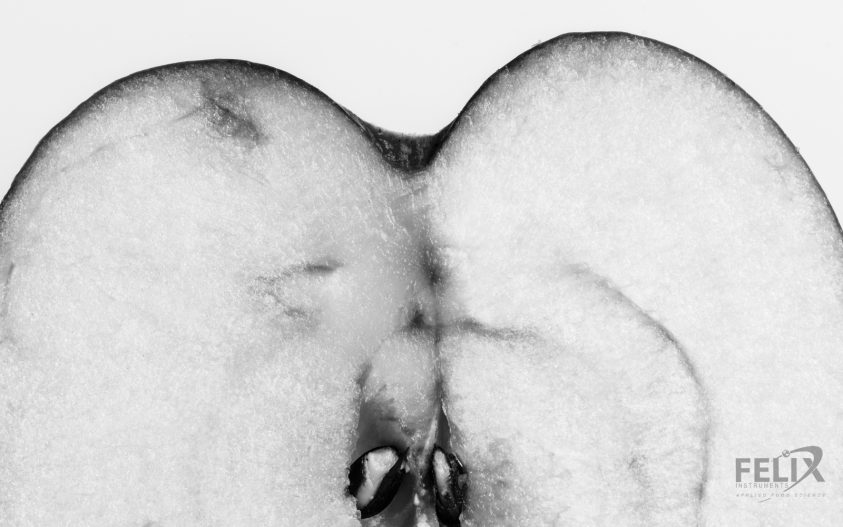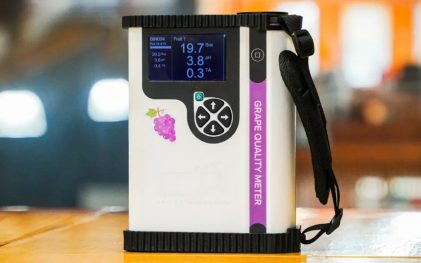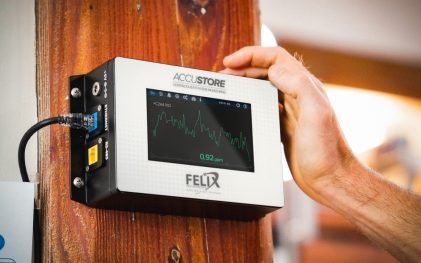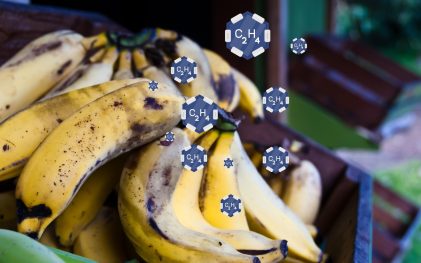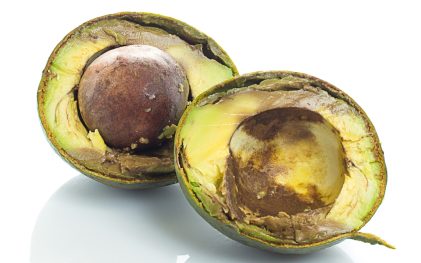Latest uncategorized
What Are the Most Common Apple Quality Issues and How Can They Be Prevented?
The primary quality issues with apples are water loss, physiological disorders, storage disorders, microbial decay, and mechanical injuries. Some of the factors that influence post-harvest apple quality include harvest maturity, storage conditions, proper handling, and growing conditions throughout the supply chain. The susceptibility of apples to quality problems can vary by cultivar; therefore, growing, storage,… Continue reading…
Additional reading
What Causes Avocado Quality Problems? Common Issues in the Supply Chain Explained
Avocados are challenging due to their unique ripening process, which requires a few days post-harvest to overcome the “tree factor.” The leading causes of quality problems are incorrect maturity at harvest, careless handling, and improper storage temperatures and gas mixtures in cool storage. Limiting problems starts with harvesting avocados at the correct maturity and quality… Continue reading…
What Are the Harvest Maturity Indices for Strawberries?
Strawberries can be harvested at two different maturities to meet marketing needs at varying distances. Color is the most critical parameter used as a maturity index for strawberry harvest. Other harvest maturity indices are size, sugar content, and taste. Non-destructive measurements using portable NIR spectroscopy devices are best suited for establishing harvest maturity indices. Strawberries… Continue reading…
How Is Non-Destructive Quality Assessment of Fresh Produce Changing the Supply Chain?
The standard quality parameters monitored are color, texture, sugar, titratable acidity, and dry matter content. Several destructive methods of estimation exist for the parameters. Near-infrared spectroscopy is currently the only non-destructive method for quality control of sugars, titrable acidity, internal color, and dry matter content. Near-infrared spectroscopy can precisely and rapidly estimate all quality parameters,… Continue reading…
How Real-Time 1-MCP Measurement is Revolutionizing Post-Harvest Freshness
When it comes to extending the shelf life of fresh produce, the industry has long relied on 1-MCP (1-Methylcyclopropene) to slow down ripening and keep fruits fresher for longer. But up until now, one major challenge has remained: measuring 1-MCP accurately and in real-time. Felix Instruments is changing that with the launch of the 1-MCP… Continue reading…
What Is the Best Packaging for Fresh Produce? A Guide to Types and Benefits
Various packaging and materials exist for transporting, storing, protecting, and displaying fresh produce. Different packaging is suitable for specific fresh produce. Modified Atmosphere Packaging that alters the inside atmosphere is most successful in maintaining quality and freshness and extending shelf life. A well-researched material choice and specific gas mixture are necessary for efficient MAP packaging… Continue reading…
Advancing Postharvest Science with Felix Instruments: A Spotlight on Dr. Karin Albornoz
Karin Albornoz is a postharvest biologist who focuses on the handling, storage, and transportation of fruits and vegetables after they are harvested. She has worked with a variety of produce, including leafy greens, tomatoes, and watermelon. In her current research at Clemson University, she is using an ethylene analyzer to study how ethylene production at… Continue reading…
